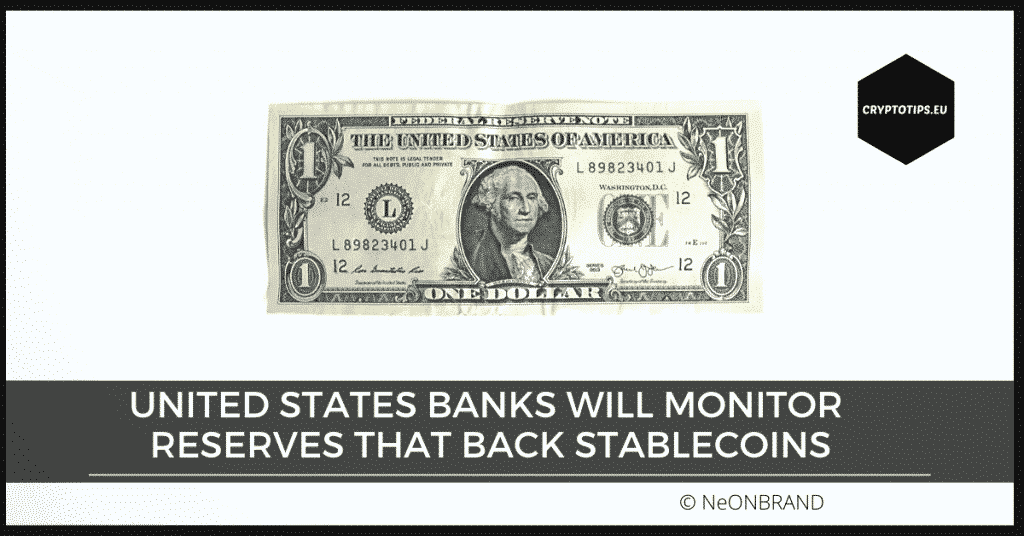United States banks will monitor reserves that back stablecoins
Last Updated on 22 September 2020 by CryptoTips.eu
As Forbes reports, the breakthrough is major: it officially allows institutions to “keep deposits as a reserve for stablecoins”. Stablecoins of course already make use of banks, so it is a matter of formalizing the latter’s supervisory role. It was the Office of the Comptroller of the Currency (OCC) that clarified this new role, in a letter published yesterday. The OCC regulates large American banks, such as JP Morgan or Wells Fargo.
It should be noted that the Securities and Exchange Commission (SEC), who is usually rather hostile to the cryptocurrency industry, also supported this measure:
We believe that market participants can structure and sell a digital asset in such a way that it does not constitute financial security.
All stablecoins?
Only stablecoins that are backed by fiat currencies at a 1: 1 ratio are affected. That is to say, cryptocurrencies like Tether (USDT), USDC, but PAX Gold (PAXG) for example is excluded, since the latter is backed by gold.
OCC official Brian P. Brooks confirmed that this move was accelerated by the money supply that stablecoins currently represent:
National banks and federal savings associations currently conduct stablecoin-related activities, which represent billions of dollars every day. This opinion, therefore, helps bring more clarity in terms of regulation for banks.
It will also allow stablecoins to show their credibility to regulators and their users, according to the letter from the OCC:
Several of these [stablecoin] issuers are promoting these reserves – and the fact that they are already in storage. in banks – to prove the reliability of their stablecoins.
The banks that will take care of storing reserves will conduct an audit at least a day to confirm that stablecoin is always 100% backed by a fiat reserve.
Regulators of all stripes often show some hostility when it comes to considering the cryptocurrency industry. With the notable exception of stablecoins, which have grown in popularity since last year.
Last January, the Banque de France thus admitted that stablecoins could have a positive impact. But mistrust remains palpable, as demonstrated by the G20 Financial Stability Board, which recently published 10 recommendations for taking stablecoins into account.
